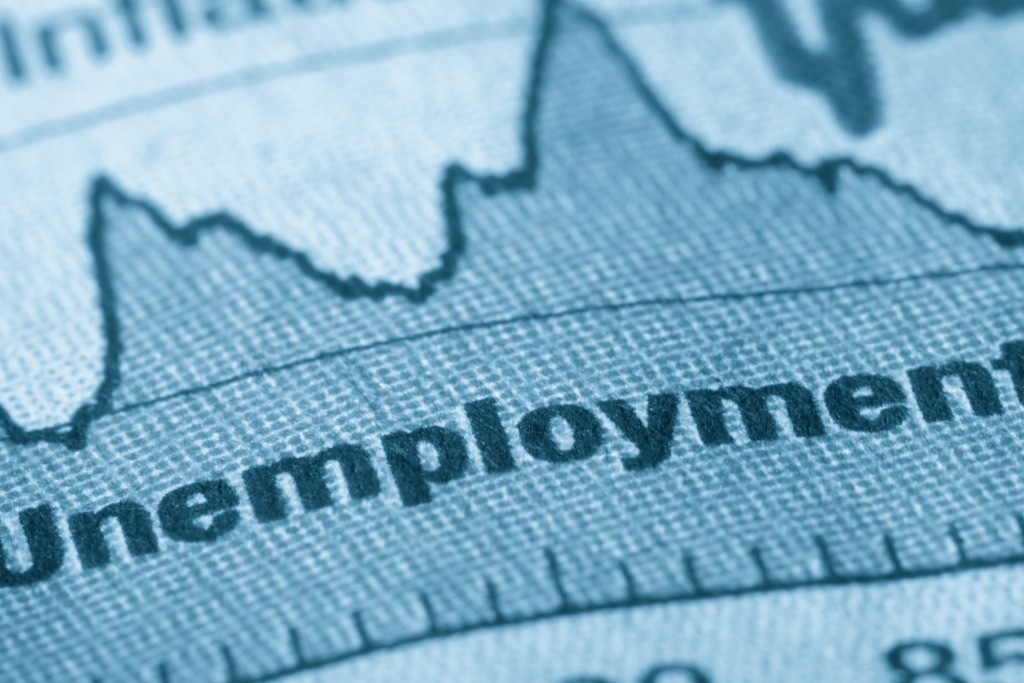US job growth stalls, unemployment rises, and the Fed considers rate cuts amid economic concerns

United States hiring slowed significantly in July, with the unemployment rate reaching its highest level in nearly three years, according to The Financial Post.
This faster-than-expected deterioration in the labour market sets the Federal Reserve on a path to cutting interest rates in September.
The Bureau of Labor Statistics reported that nonfarm payrolls increased by 114,000 last month, following downward revisions to the prior two months.
This increase was lower than all but one forecast in a Bloomberg survey of economists and is one of the weakest since the pandemic. Average hourly earnings also came in below expectations.
The unemployment rate climbed unexpectedly for the fourth consecutive month to 4.3 percent, driven by more people losing or leaving their jobs rather than new workers entering the labour force. This jobs report adds to a week of disappointing data, raising concerns about a more abrupt economic slowdown.
These concerns led to a stock market sell-off and lower Treasury yields. The figures suggest that Federal Reserve policies might be cooling the labour market too much rather than returning it to its pre-pandemic health.
Federal Reserve Chair Jerome Powell, speaking on Wednesday after the central bank held interest rates at a two-decade high, emphasized the need to prevent undue harm to the labour market now that inflation has largely decreased from its pandemic peak.
Powell indicated that policymakers are on track to start lowering borrowing costs as soon as September, with traders nearly pricing in a half-point rate cut at that meeting.
“This environment just means accelerating cuts,” said Derek Tang, economist with LH Meyer/Monetary Policy Analytics.
“The Fed was already leaning towards recession avoidance, or what they call sustaining the expansion. With this report, it will become even more lopsided, with inflation upside risk relegated to a near memory.”
Hurricane Beryl, which hit Texas on July 8 during the reference period for the jobs report surveys, had “no discernible effect” on the data, according to the Bureau of Labor Statistics. However, the number of people who reported not working due to bad weather surged.
The rise in the unemployment rate triggered the “Sahm rule,” a recession indicator with a perfect track record over the past half-century.
Claudia Sahm, the former Federal Reserve economist behind the gauge, has suggested that forecasters should also consider the increase in participation and its impact on unemployment data.
She noted that participation has been rising rapidly as Americans return to the workforce and immigrants enter the country.
The participation rate, representing the share of the population working or looking for work, increased to 62.7 percent in July. The rate for prime-age workers (ages 25-54) rose to 84 percent, the highest since 2001.
The slowdown in payrolls was due to cuts in the information and car manufacturing sectors. Temporary help positions also declined, which is often seen as a precursor to a downturn.
Meanwhile, healthcare continued to lead job growth. The diffusion index, which measures the breadth of job growth, declined to its weakest level since the immediate aftermath of the pandemic.



